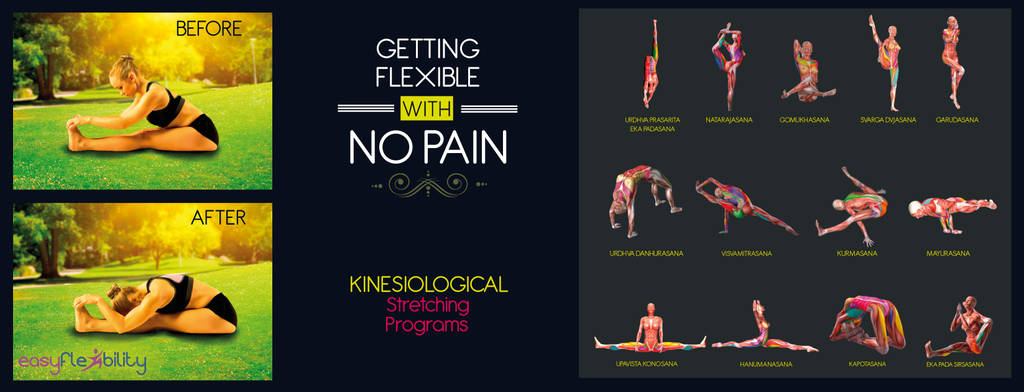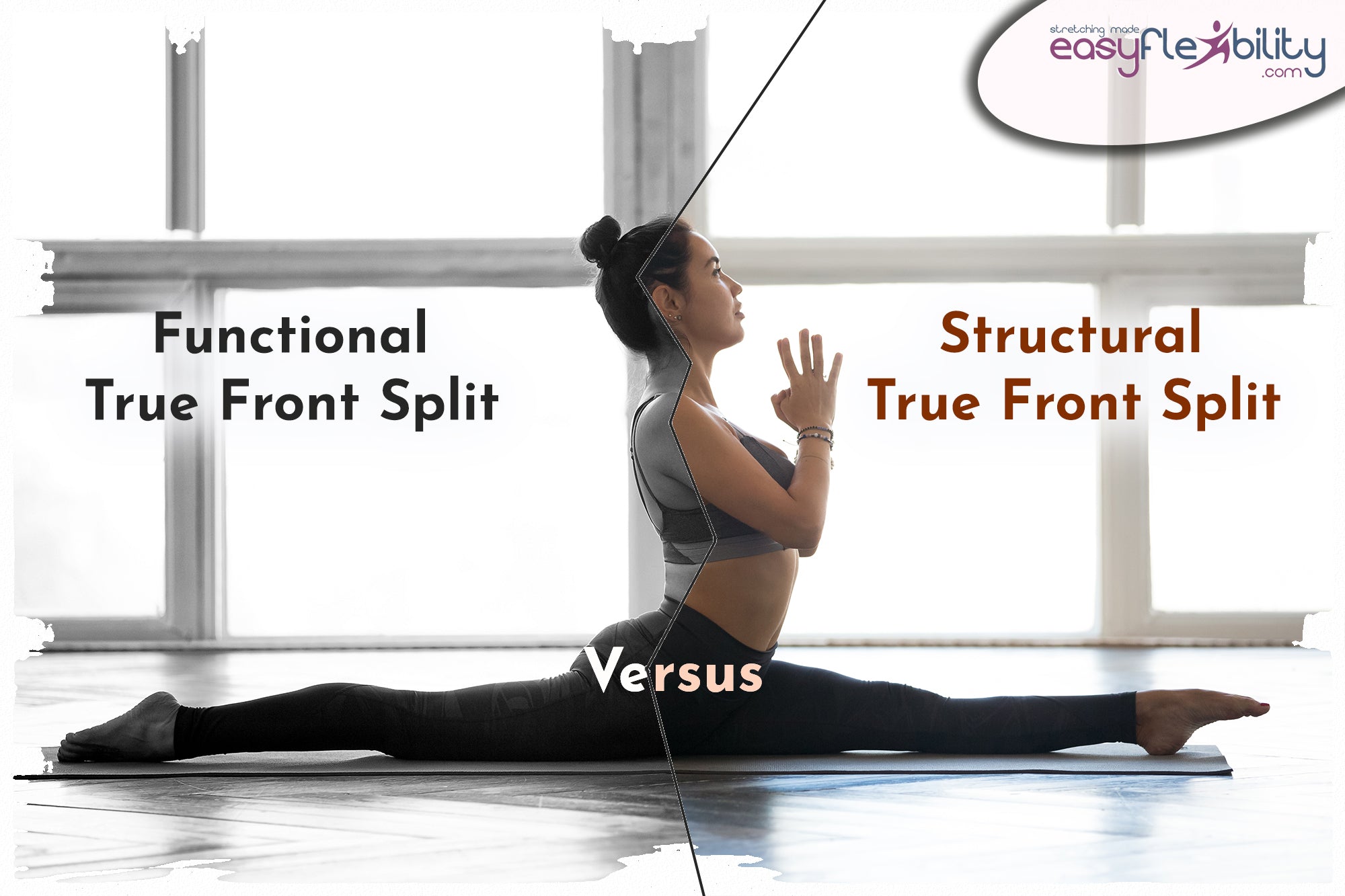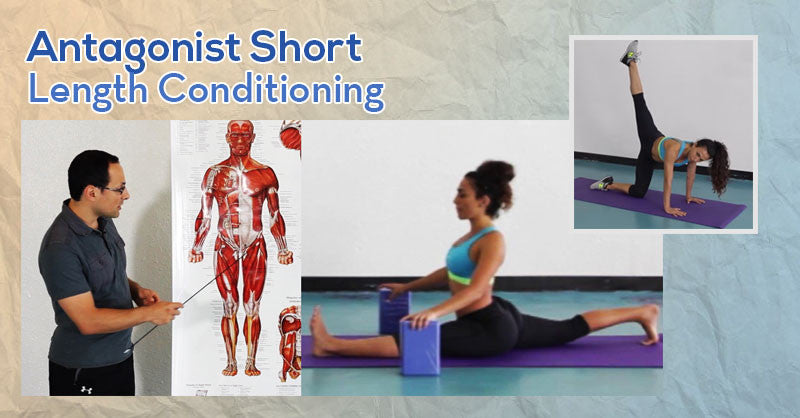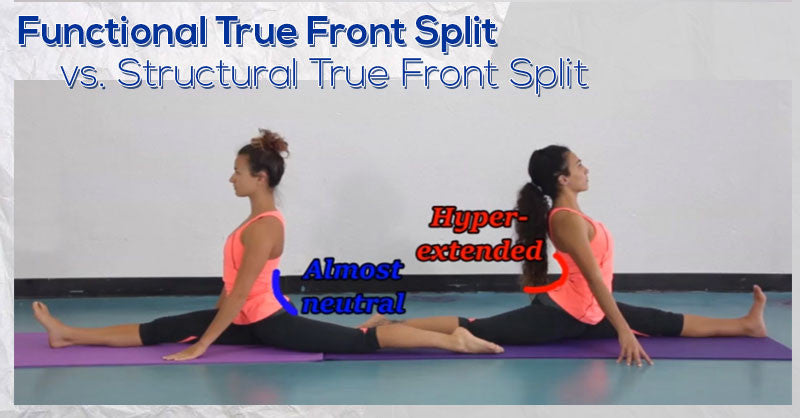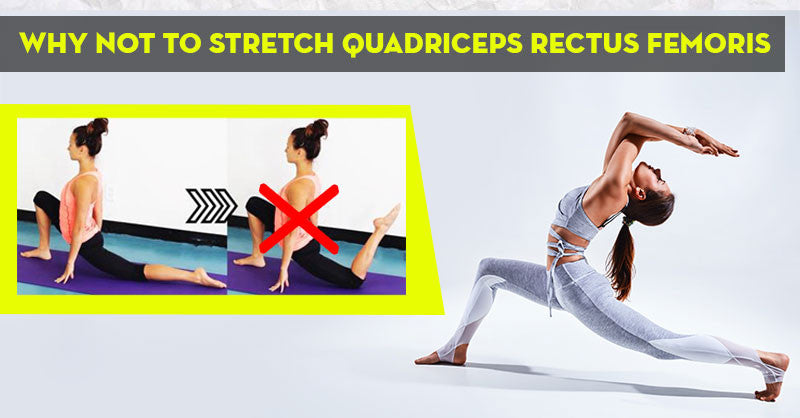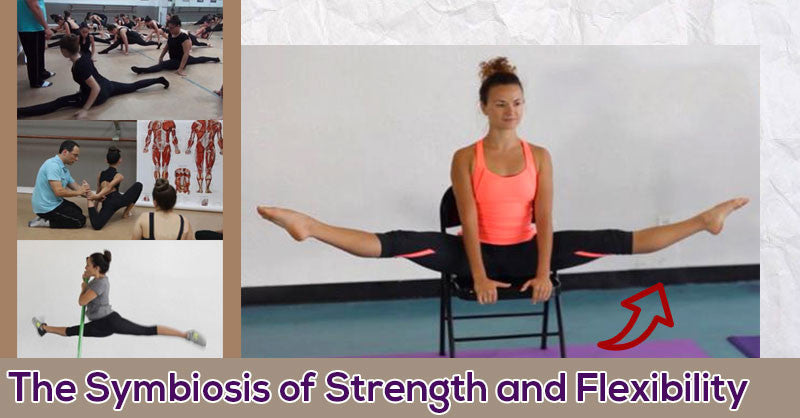Antagonist Short, Length Conditioning
Posted by EasyFlexibility Team on

Antagonist Short Length Conditioning
ASLC is a concept under the umbrella of strength exercises in EasyFlexibility system. Extended Length Conditioning and Peripheral Conditioning are found in the same group. All three types of techniques work the joint in its deep range.
- Each technique focuses on a specific muscle groups.
- ELC works the target muscles in full stretch.
- ASLC works the antagonists in short range.
- PC works the peripheral muscle groups.
Antagonist Short Length Conditioning is a very important tool in flexibility retention. This technique allows the nervous and musculoskeletal systems to memorize and accept the new flexibility as standard.

Today we examine two variations of the Frog Exercise. These techniques are used to develop strength in the horizontal extensors / horizontal flexors of the hip.

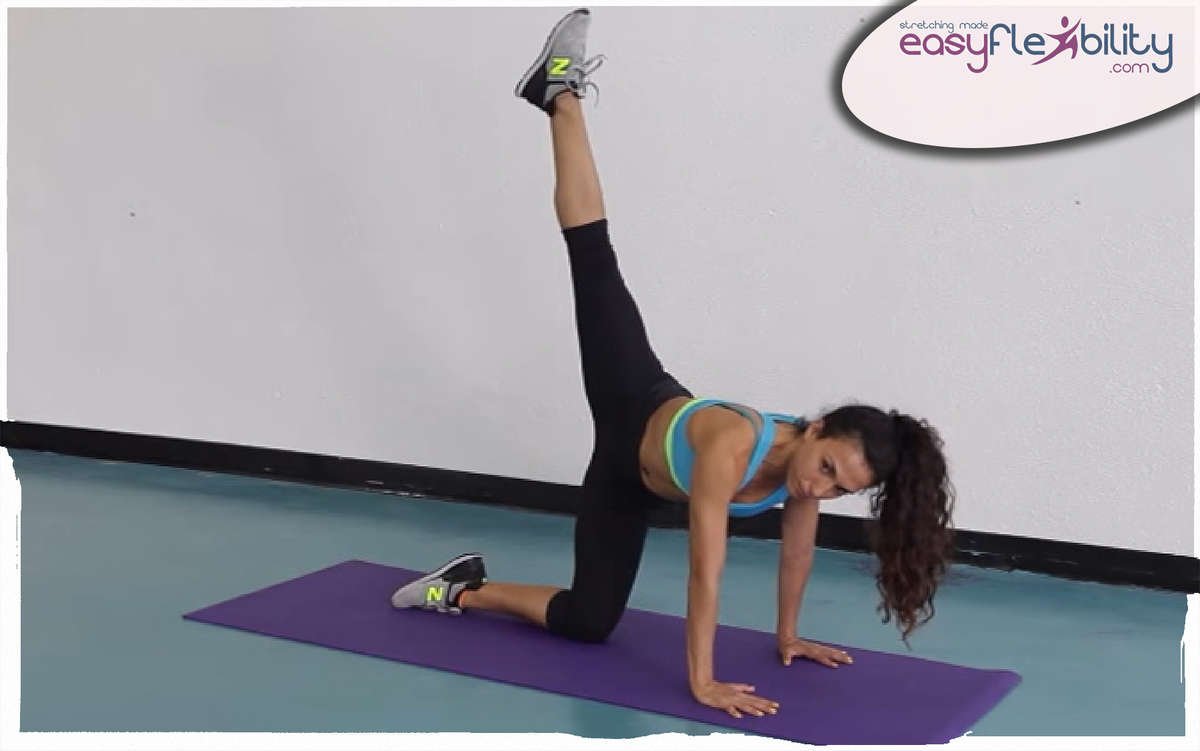
Look the video below
Besides flexibility retention, ASLC builds strength in techniques where the contraction is needed in the muscles opposite in action to these being stretched.
For example:
- Muscles that abduct the internally rotate the hip during side line kicks.
- Muscles that flex the hip front line kicks in martial arts or front attitude in dance.
Confusion with other similar techniques
ASLC can be easily confused with Movement and Habituation techniques. As a matter of fact the exercise shown in the video can easily be placed into both categories.
- M&H can work one or many muscle groups and ASLC focuses on antagonists only.
- ASLC can add resistance or pause while M&H usually does not.
- Reciprocal Inhibition technique also targets the antagonists. However RI would immediately be followed by a stretch and ASLC usually does not.
- Dynamic stretch is also movement, frequently with antagonist contracting. ASLC is performed slower and without an attempt to increase the amplitude of movement.
Summarizing ASLC Techniques
Antagonist Short Length Conditioning is not a stretching technique. It's a retention technique. It must be preceded by Zaichik Stretching technique, which would develop flexibility first, during the training session.
ASLC together with other strength exercises and M&H, than teach the body to accept the new found flexibility as normal.
And finally ASLC can also be performed isometrically, by holding the joint angle as open as possible, by contracting the antagonists to the muscle groups, who's length is being extended.
And finally ASLC can also be performed isometrically, by holding the joint angle as open as possible, by contracting the antagonists to the muscle groups, who's length is being extended.
And if you want to master all your Yoga Poses Click on the picture below and Pick Your Program Now!
© ElasticSteel Corp., EasyFlexibility, Paul Zaichik, et. El., 2022. No part of the materials available through ElasticSteel.com, EasyFlexiiblity.com, site may be copied, photocopied, reproduced, translated or reduced to any electronic medium or machine-readable form, in whole or in part, without prior written consent of Paul Zaichik EasyFlexibility.com, Elasticsteel.com.. Any other reproduction in any form without the permission of Paul Zaichik EasyFlexibility.com, Elasticsteel.com is prohibited. All materials contained on this site are protected by United States copyright law and may not be reproduced, distributed, transmitted, displayed, published or broadcast without the prior written permission of Paul Zaichik, EasyFlexibility.com, Elasticsteel.com.

